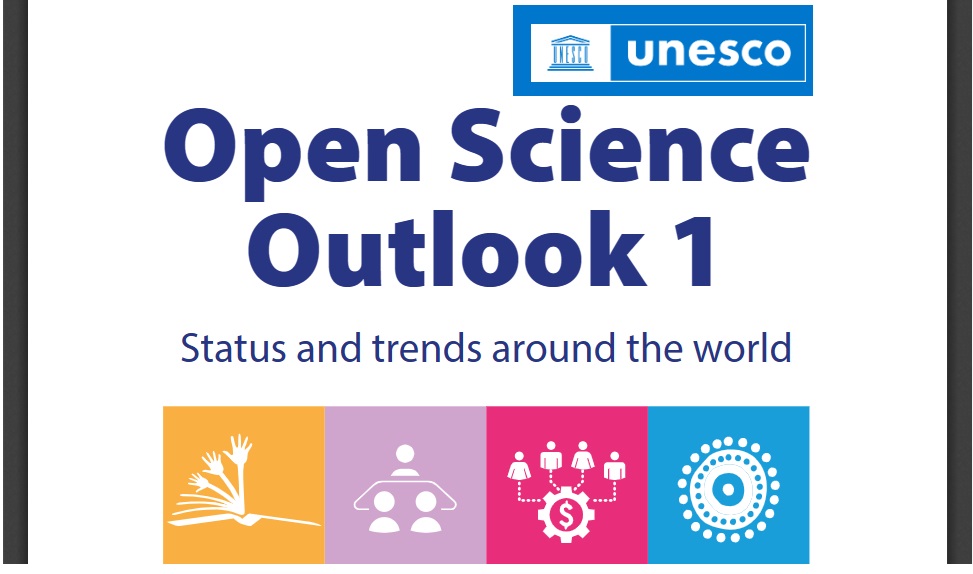| How open is open science? While open science practices are being adopted worldwide, new UNESCO findings reveal a tale of uneven growth. According to the newly released UNESCO Open Science Outlook 1: Status and trends around the world, access and sharing of its benefits remain unequal across regions and disciplines. Why is open science so crucial? In the face of challenges such as climate disruption, pandemics, and biodiversity loss, recent years have shown that we need science more than ever. But to address these global risks in a truly effective way, we require not just any science but an open, collaborative, and inclusive form of it.  Open science revolutionizes the scientific endeavor by breaking down barriers and ensuring that scientific results, tools, processes, and methods are accessible to all. By also bringing scientists together, regardless of their cultural, political, and religious backgrounds, open science democratizes the scientific realm, turning science into a shared heritage rather than a privileged commodity.Open science can serve as a powerful tool to bridge existing gaps in science, technology, and innovation, contributing to both the greater good for science and society and the achievement of the Sustainable Development Goals (SDGs). The COVID-19 pandemic serves as an example, with 85% of COVID-19 articles being open access by mid-2021, leading to unprecedented scientific breakthroughs in record time. What is the global landscape of open science? While a growing number of countries are embracing open science, the lack of equity in access to funding, skills, and tools has hindered its widespread implementation across the globe. Yet, since the adoption of the 2021 UNESCO Recommendation on Open Science, 11 countries have already introduced national open science policies, strategies, and legislative frameworks.  Yet this new Open Science Outlook unveils disparities within open science that demand our immediate attention. For instance, many researchers are sharing their findings on open-access repositories, but nearly 85% of such open publication and data repositories are in Western Europe and North America. Africa and the Arab region account for less than 2% and 3%, respectively. What step must we take for the future of open science?  For a full transition to open science, a cultural shift in science is imperative. This shift necessitates increased collaboration and coordination among scientists and society, as well as across regions, to accelerate the move toward a genuinely global and equitable open science. As declared by the UNESCO Director-General, “Open science must be more than an exception; it should be the standard”. To achieve this objective, UNESCO continues to showcase the positive changes open science can bring about, including advancements in sustainable development, the reduction of regional inequalities, and the progression of scientific knowledge. Why read the UNESCO Open Science Outlook? This new report offers a global overview of the state of open science and updates on the implementation of the 2021 UNESCO Recommendation on Open Science. It evaluates its impact, identifies challenges, and sets the stage for future progress by sharing insights into open science practices. Importantly, it aligns with Article 27 of the Universal Declaration of Human Rights, which states that “Everyone has the right (…) to share in scientific advancement and its benefits.”UNESCO looks forward to your joining us in shaping a future where open science is not an aspiration but a reality! Join the conversation |
